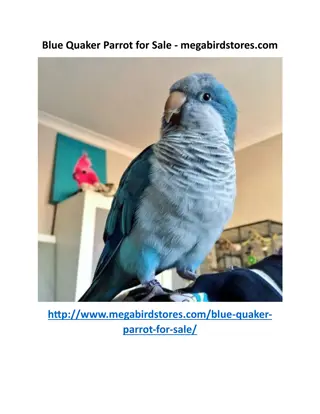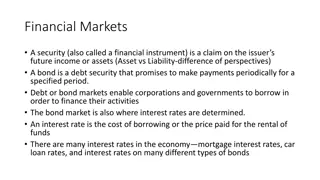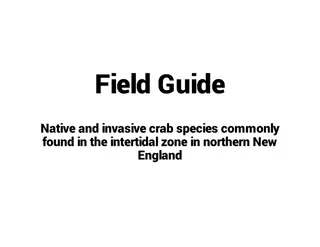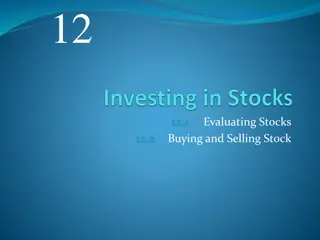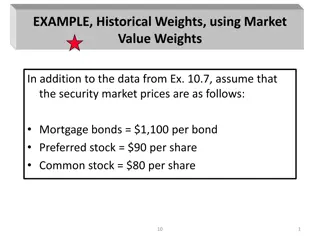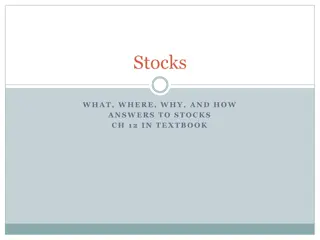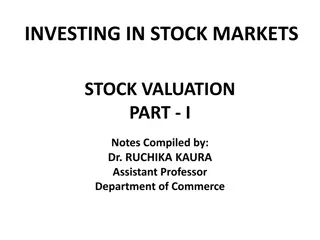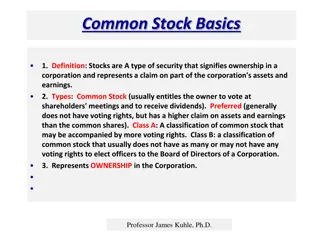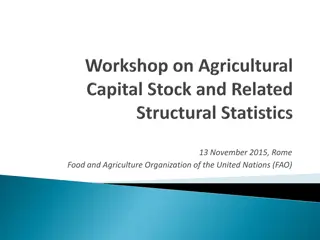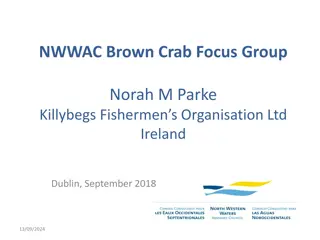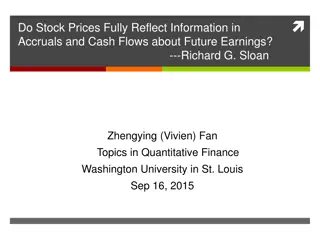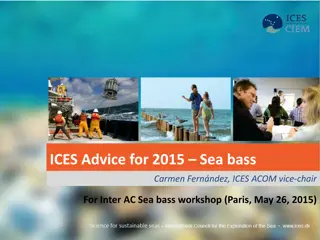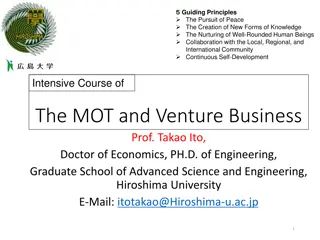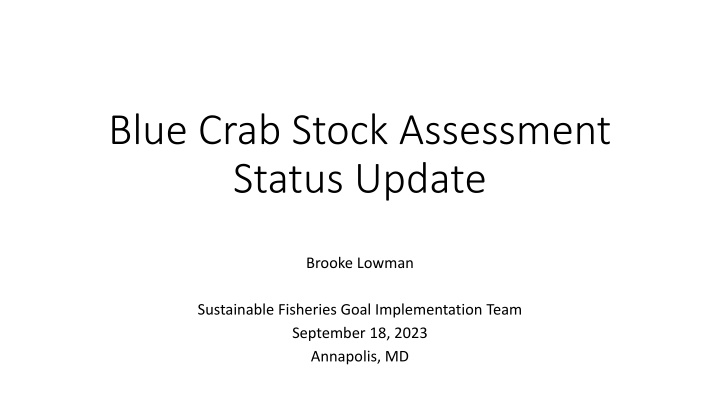
Blue Crab Stock Assessment and Sustainable Fisheries Goal Implementation Update
This update provides details on the progress made in assessing the blue crab stock in the Chesapeake Bay. It outlines the steps taken from the Fall 2022 workshop to the awarding of a contract for the lead assessment work group in Fall 2023. Terms of Reference are highlighted, focusing on critical reviews, quantifying patterns in surveys, catch, effort, and CPUE, evaluating stock assessment models, and more. The goal is to ensure sustainable fisheries management by characterizing uncertainty in assessment estimates, updating survey models, and recommending appropriate biological reference points based on assessment results.
Download Presentation

Please find below an Image/Link to download the presentation.
The content on the website is provided AS IS for your information and personal use only. It may not be sold, licensed, or shared on other websites without obtaining consent from the author. If you encounter any issues during the download, it is possible that the publisher has removed the file from their server.
You are allowed to download the files provided on this website for personal or commercial use, subject to the condition that they are used lawfully. All files are the property of their respective owners.
The content on the website is provided AS IS for your information and personal use only. It may not be sold, licensed, or shared on other websites without obtaining consent from the author.
E N D
Presentation Transcript
Blue Crab Stock Assessment Status Update Brooke Lowman Sustainable Fisheries Goal Implementation Team September 18, 2023 Annapolis, MD
Progress Fall 2022 CBSAC Blue Crab Workshop (https://www.chesapeakebay.net/what/publications/2022-blue-crab-science-workshop-report) Winter 2023 subcommittee met to draft assessment Terms of Reference Spring 2023 subcommittee convened for preliminary assessment data workshop planning Summer 2023 jurisdictions drafted a Scope of Work document for the assessment team (funding from MD and VA administered as a contract through ASMFC) Summer 2023 solicitations for data to be presented at the fall 2023 assessment data workshop Fall 2023 contract awarded for lead assessment work group
Terms of Reference TOR1: Critically review and estimate life history parameters and vital rates of blue crab in the Chesapeake Bay that are relevant to the stock assessment. In particular, the assessment should evaluate the extent and scale of interannual variation in life history parameters and vital rates of blue crab in the Chesapeake Bay. TOR2: Describe and quantify patterns in fishery-independent surveys to develop indices of abundance and characterize the size composition of the population. Analyses should include: A comprehensive evaluation of the utility of fishery-independent surveys to inform the stock assessment; Consideration of index standardization which may include effects of environmental and abiotic factors on survey catches; and Characterization of uncertainty in indices of abundance.
Terms of Reference TOR3: Describe and quantify patterns in catch, effort, and CPUE. Analyses should include: Estimation of catch and effort for each jurisdiction; Evaluation of the utility of a commercial CPUE index in the assessment; Examination of the impacts of reporting changes and trends in CPUE; Evaluation and quantification of bycatch and/or discard mortality, and recreational harvest using available data from the jurisdictions; and Characterization of uncertainty in the data. TOR4: Evaluate the feasibility of, and if possible implement, blue crab stock assessment models that operate on sub-annual time steps and/or at spatial resolutions lower than that of the entire Chesapeake Bay to better represent population dynamics.
Terms of Reference TOR 5: Characterize uncertainty in assessment estimates (mortality and abundance). TOR 6: Update the sex-specific catch survey models used in the 2011 benchmark stock assessment with relevant new data. Characterize major changes in assumptions between the 2011 assessment model and the 2023 model. TOR 7: Based on assessment model results recommend appropriate biological reference points for management. To extent possible, evaluate the appropriateness and utility of Aggregate bay wide reference points Sex specific reference points Recruitment reference points
Terms of Reference TOR 8: Evaluate stock status relative to recommended reference points. TOR 9: Identify relevant ecosystem and climate influences (such as habitat, environmental drivers, prey availability, and predation/cannibalism) on the population dynamics and fisheries and, to the extent possible, explore other analyses that support the assessment. TOR 10: Identify existing data sources and gaps, and, to the extent possible, characterize the uncertainty in the relevant sources of data. TOR 11: Report on the status of research recommendations from the most recent benchmark assessment. Identify and prioritize research recommendations for future work.
Looking forward Data Workshop - late fall 2023 Presentation of available data sources Identification of potential uses Methods Workshop spring 2024 Assessment Workshop winter 2025 Peer Review early summer 2025 Final Report late summer 2025 https://www.shutterstock.com/image-photo/blue-crab-callinectes-sapidus-close- texas-1718076880

